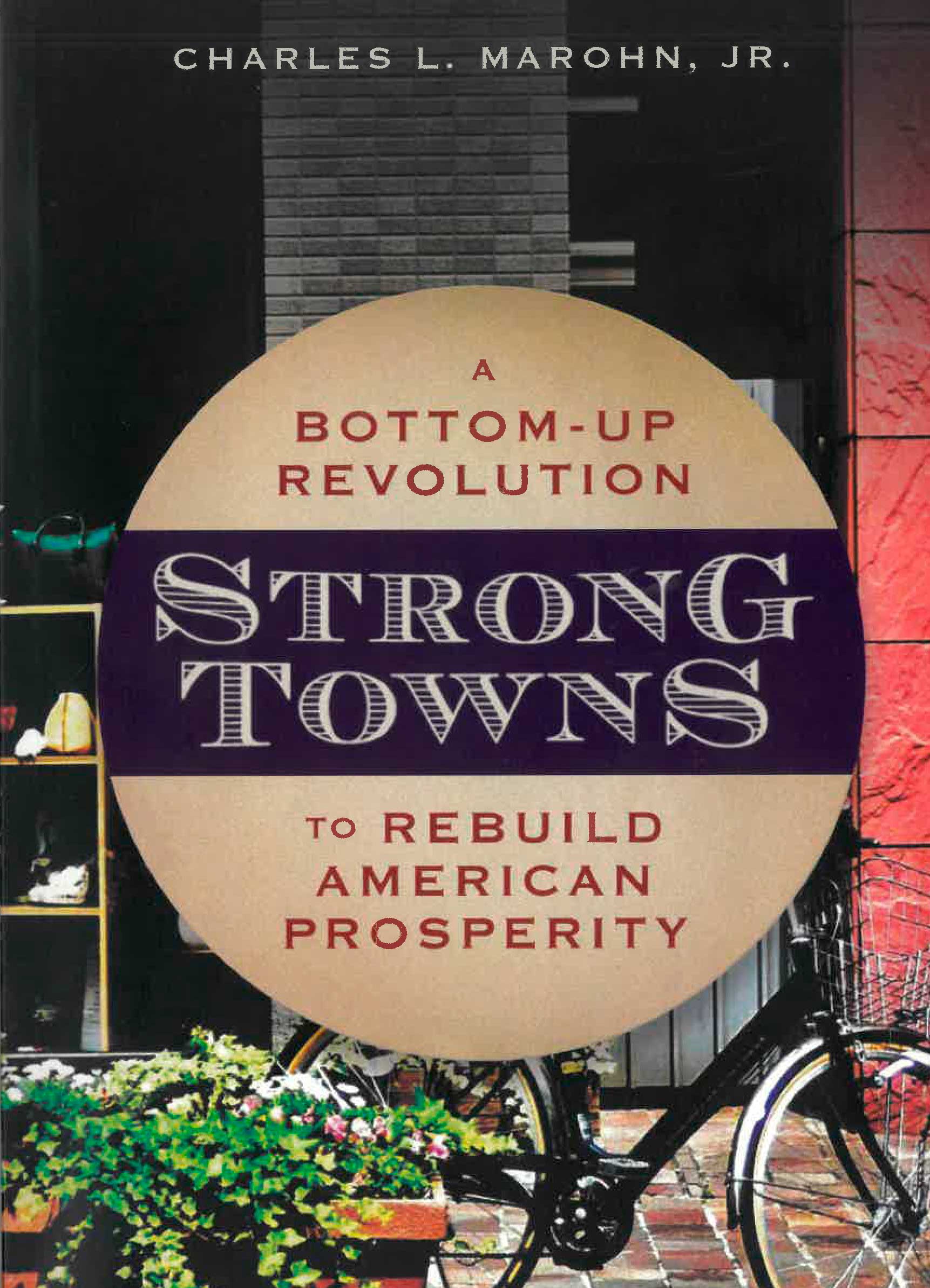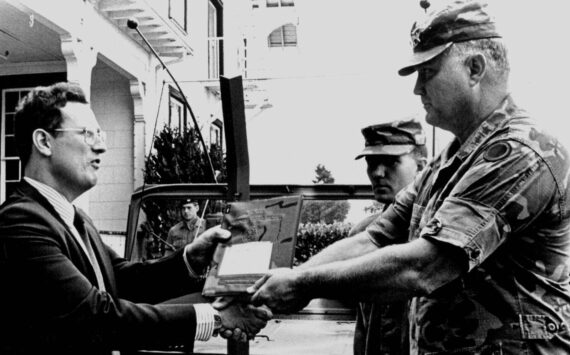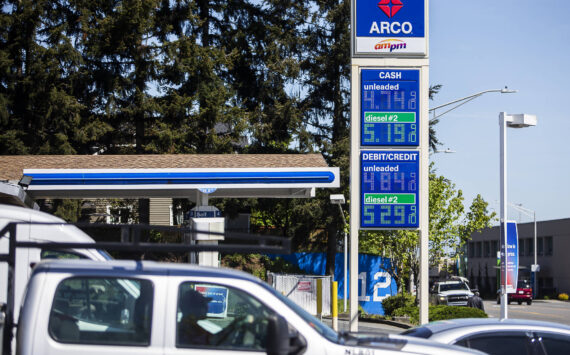Communities, like buildings, are constructed
By Morf Morford
Tacoma Daily Index
A house is a machine for living in. – Le Corbusier, Swiss architect
If a house is a machine for living in, a neighborhood is even more so. And a city is a thousand times more than that.
Houses, neighborhoods and cities are built, and each one is built, one would hope, for a purpose. What would a city or a neighborhood look like if it was built around community needs and values?
Taking this premise seriously is the book Strong Towns – A bottom-up revolution to rebuild American prosperity by Charles L. Marohn, Jr.
If you visit cities outside of America, you are struck by the traditional, historic architecture.
The buildings that fill the established cities of Europe are stunning in their charm, scale and yes, enduring functionality.
There is a proportionality, sensed but rarely noticed, in the rooms, homes and even streets that evokes welcome, safety and comfort.
For whatever reason – or set of reasons – these (literally) enduring proportions have been forgotten or lost.
In America, for whatever reason, we like our buildings big, fast and cheap. And, as the saying goes, pick two.
And, as we all know, we can always tear it all down and build something else. And that’s what we do. However solid – and expensive – virtually every building built in the past 70 or 80 years is temporary.
*********
Good buildings come from good people, and all problems are solved by good design. – Stephen Gardiner
Our buildings reflect who we are. The traditional cultures of Europe and Asia built cities and cultures to last centuries, if not millennia.
We build urban landscapes to last a decade or two.
Many of our building projects have more in common with cell-phone contracts than the needs of communities.
This is the essence of Strong Towns – there are principles of urban design, of community building, that everyone used to know. And they didn’t just know them, they incorporated them into every doorway, every kitchen, every walkway and yes, even every street. (1*)
The key premise is as obvious as it is shocking – buildings and cities – even streets – are designed for humans.
Not cars, not commerce and not profit – cities, homes and neighborhoods are built for people.
This is something many of us have been talking about for years – and traditional cultures have incorporated for centuries.
Here’s an excerpt from the website –
The Strong Towns Approach.
The Strong Towns approach is a radically new way of thinking about the way we build our world. We believe that in order to truly thrive, our cities and towns must:
+ Stop valuing efficiency and start valuing resilience;
+ Stop betting our futures on huge, irreversible projects, and start taking small, incremental steps and iterating based on what we learn;
+ Stop fearing change and start embracing a process of continuous adaptation;
+ Stop building our world based on abstract theories, and start building it based on how our places actually work and what our neighbors actually need today;
+ Stop obsessing about future growth and start obsessing about our current finances.
********
In the big picture, architecture is the art and science of making sure that our cities and buildings fit with the way we want to live our lives. – Bjarke Ingels
Even more radical (or, I would say, more obvious) is the notion that we gain little from pursuing big-government, huge-budget solutions.
Solutions need to be developed and applied by those who live with the consequences.
Experts and bureaucrats have little, if any, lived experience with the “problems” they are paid too much to solve.
Marohn argues that the plea for big government grants deflects agency and control from the people who need it most – those who live with the problem and the lingering effects of big government engineering.
In fact, Marohn observes that cities don’t have “problems”. A problem implies a solution.
When it comes to the issues that plague our cities, from debt to homelessness to crumbling infrastructure, we don’t have problems in need of solutions, we have predicaments that require immediate intervention and continued, if not constant monitoring and prevention.
Our “silo” approach to problem solving only makes each problem worse – and hands it (and any associated debt) off to the next generation.
We are mired in predicaments precisely because we have neglected why communities exist in the first place.
The vast majority of the homeless in Seattle for example (80% according to a recent survey) grew up in King County.
What tangled route led them to a tent or tarp under a bridge or over pass?
These are mostly our former neighbors and classmates. Some may be our relatives.
What is our obligation to them – not for their sake, but for our own and the safety and reputation – if not integrity – of our community?
Instead of big approaches, how about dozens of small ones?
Instead of a “program for the homeless”, how about if each church or civic group sponsored one individual or family and led them back into community engagement as opposed to inertia, cynicism and dependence?
This approach goes far beyond standard political affiliations.
We all want safer neighborhoods, more equitable taxes and more efficient (and less intrusive) government.
To connect with (or create) a local chapter of Strong Towns, start here – https://www.strongtowns.org/connect.
********
To put the world in order, we must first put the nation in order; to put the nation in order, we must first put the family in order; to put the family in order; we must first cultivate our personal life; we must first set our hearts right. – Confucius
(1*) You can see more on these universal design principles here – https://www.oldhouseguy.com/aesthetics-the-solution/









